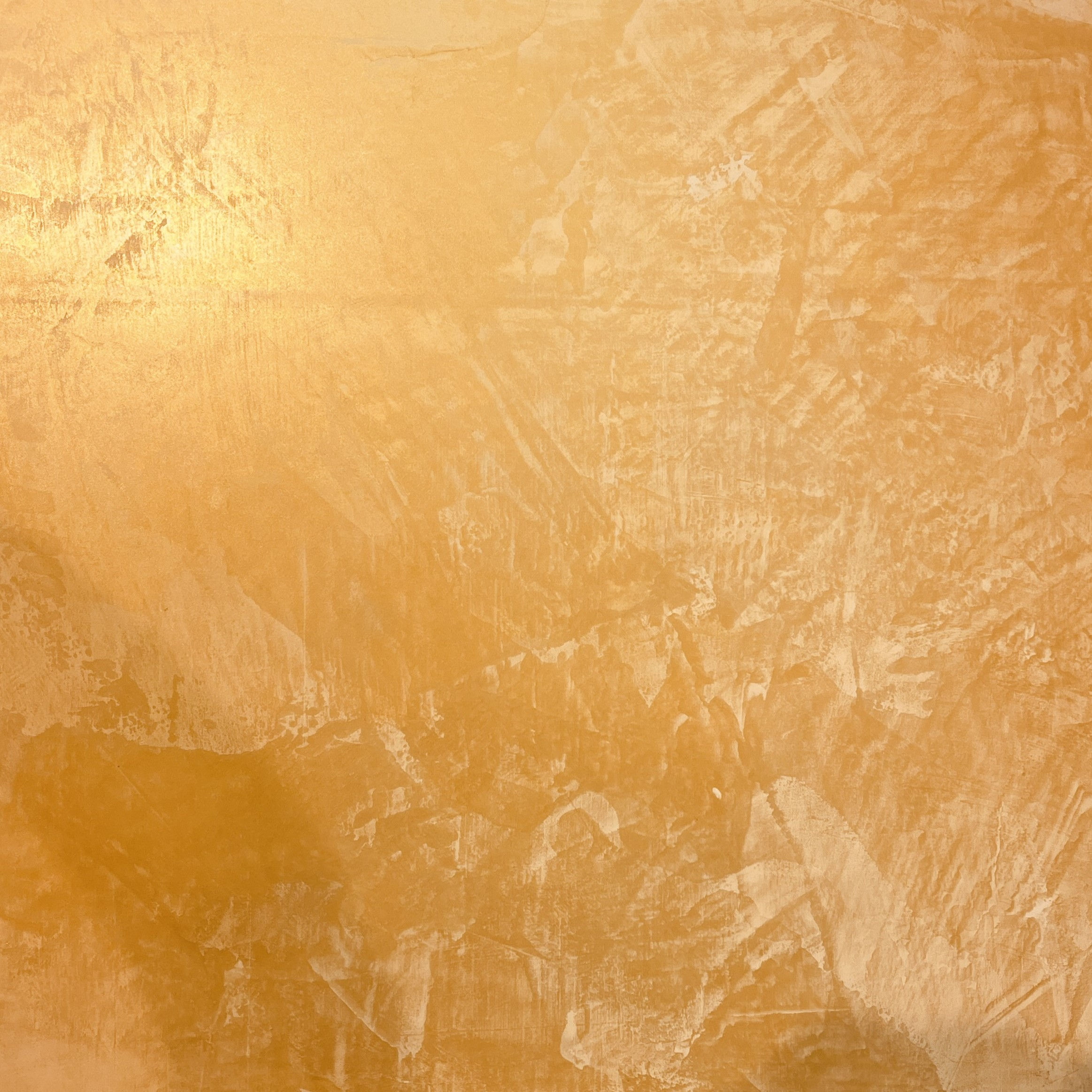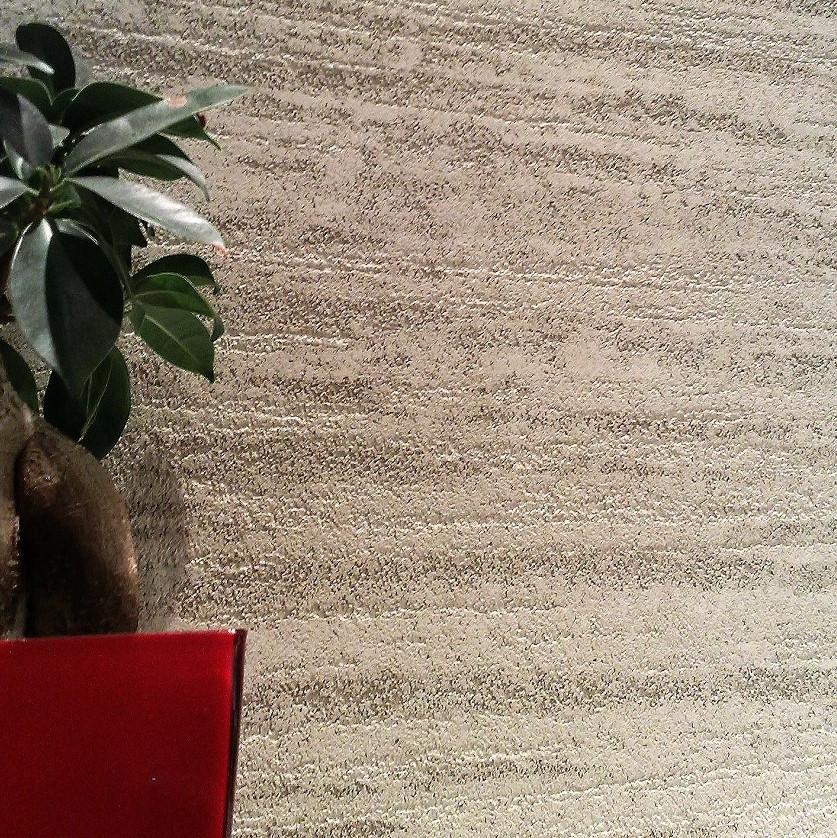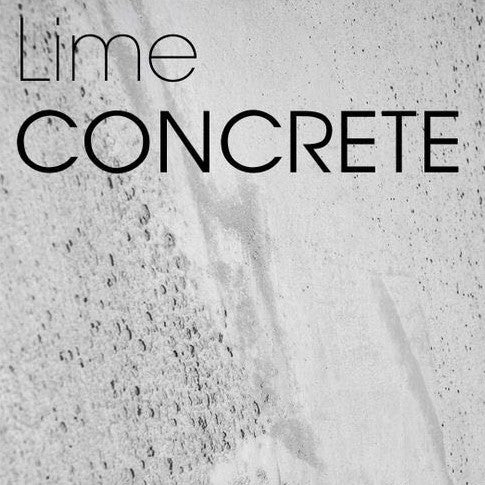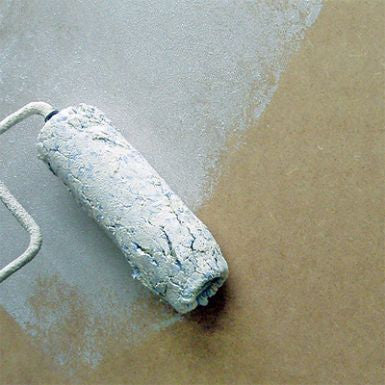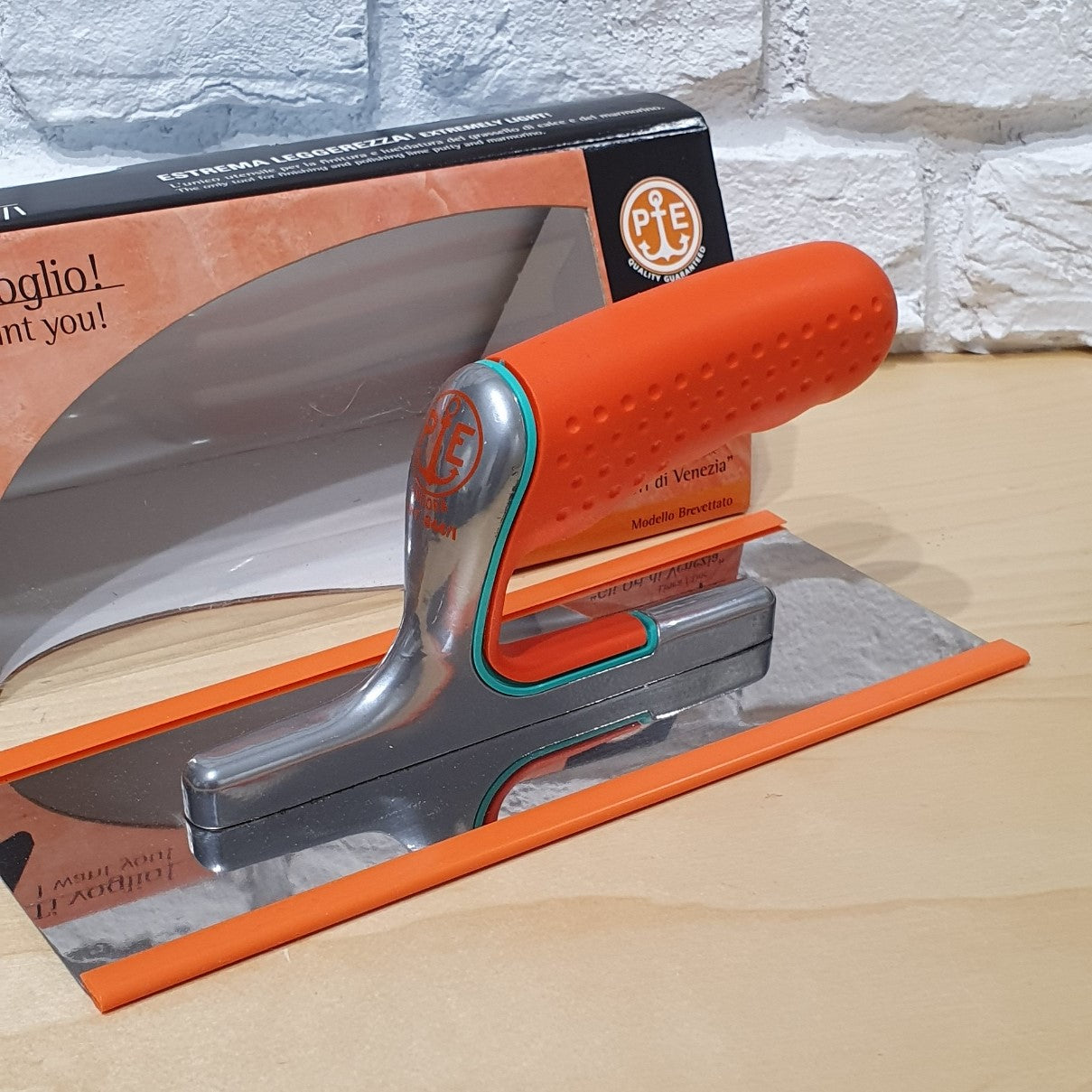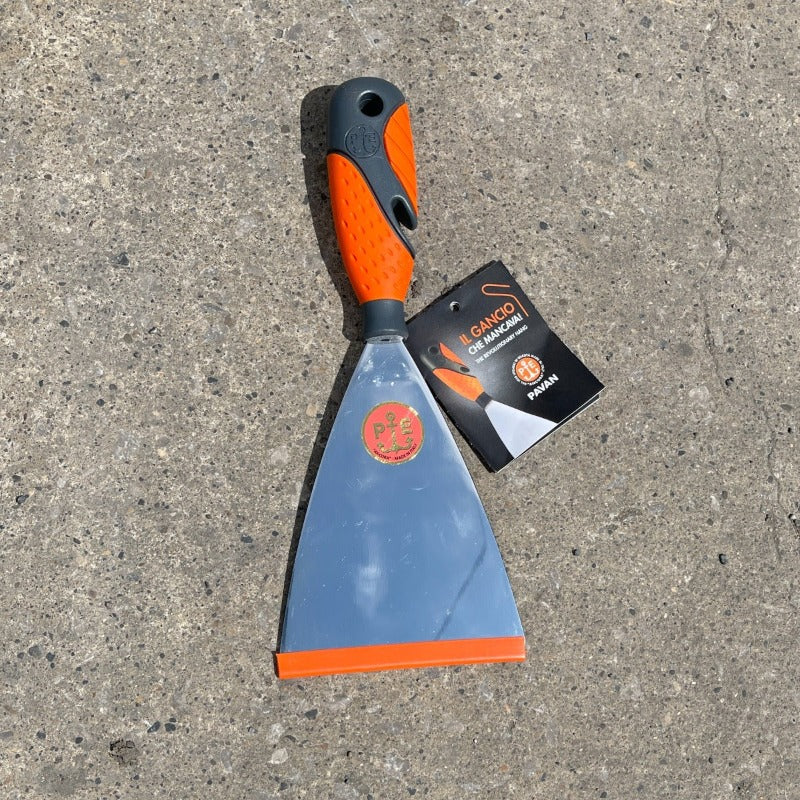
Pavan Spatula 80mm
Regular price£14.49
/
Tax included.
Pavan 80mm Spatula.
High quality stainless steel, Inox rounded corner blade, pre ground and polished edge.
80mm blade, with a soft touch rubber handle for comfort and grip, complete with a slotted section for hanging on bucket edge.
These are ideal for finishing and polishing small areas.
Full set of spatulas available at a 10% discount.
A must have for your tool collection.
Typically all orders are shipped out with APC next day service except weekends.






